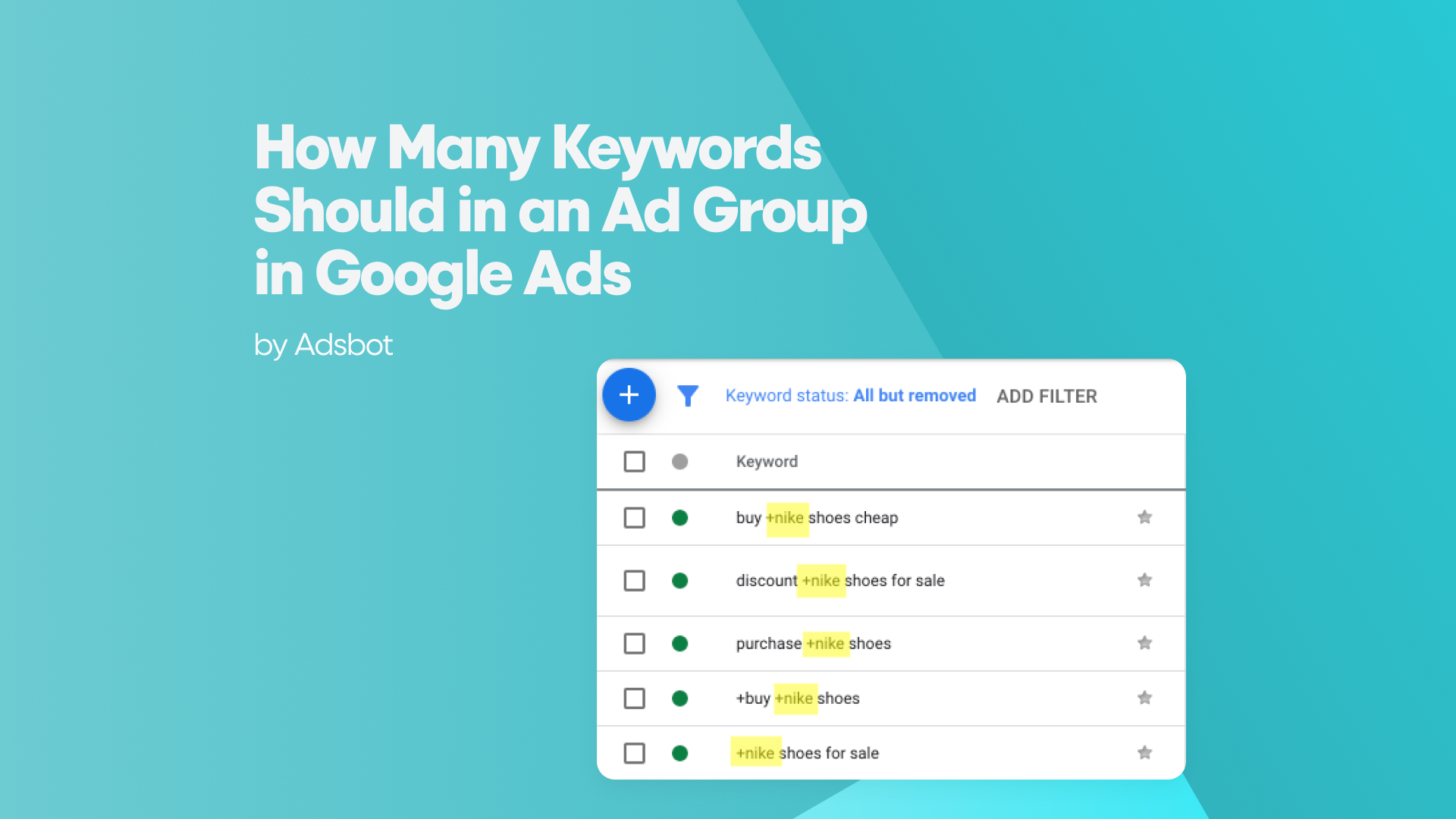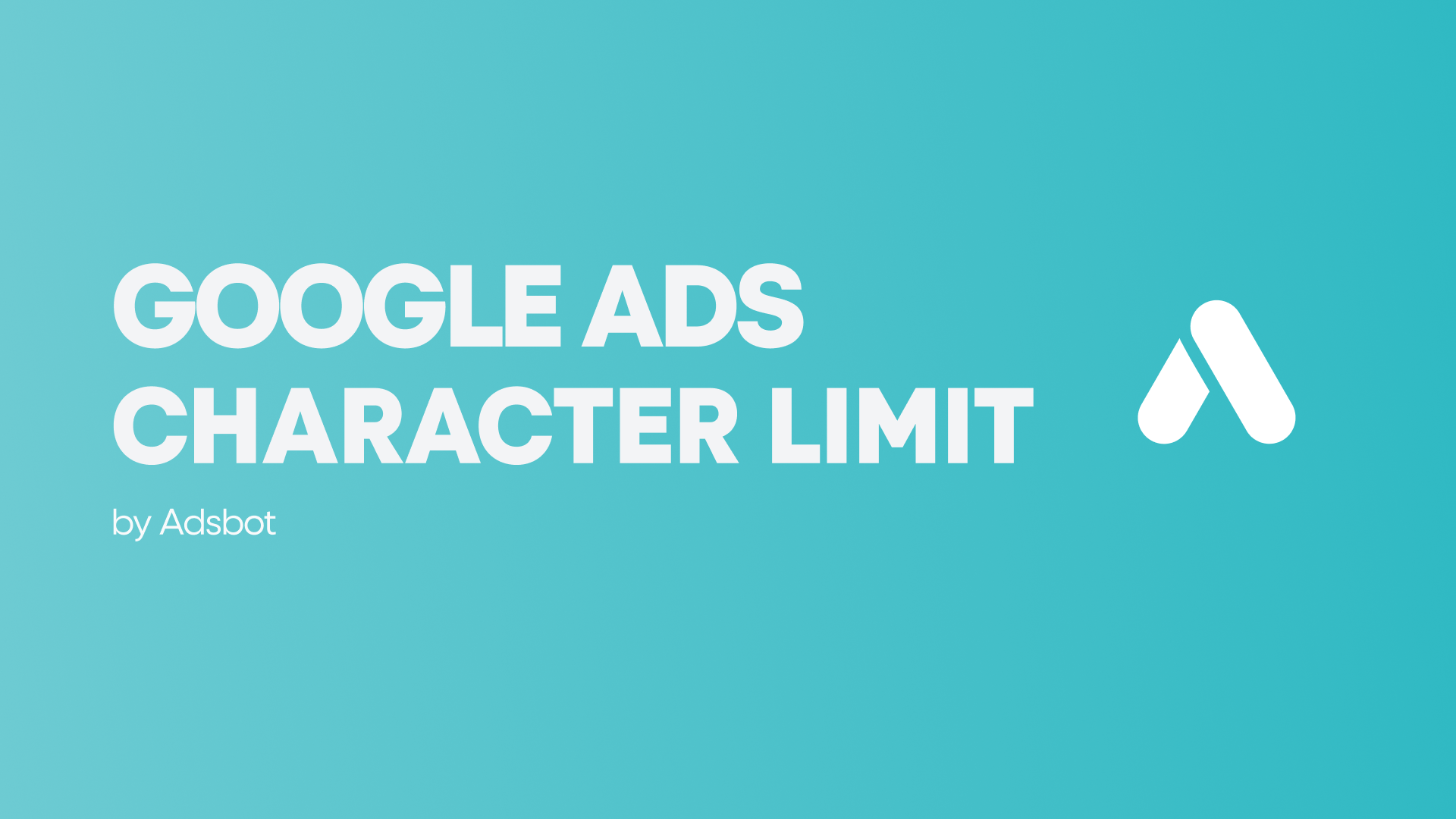In the vast and ever-evolving landscape of digital advertising, understanding the intricacies of metrics like Cost Per Impression (CPM) is paramount for marketers seeking to maximize their campaign effectiveness. Among the myriad of advertising platforms available, Google Ads stands as a cornerstone for many advertisers, offering a robust suite of tools and metrics to reach targeted audiences. At the heart of Google Ads lies the concept of Cost Per Impression—an essential metric that measures the cost incurred for every thousand impressions served. Join us as we embark on a journey to demystify Google Cost Per Impression, exploring its definition, calculation methods, and implications for advertisers.
What is Cost Per Impression?
Cost Per Impression (CPM) stands as a foundational pillar in the vast expanse of digital advertising, serving as a critical metric that encapsulates the essence of campaign visibility and exposure. At its core, CPM quantifies the financial expenditure associated with every thousand impressions served, thereby providing advertisers with profound insights into the resonance and outreach of their advertisements. Impressions, in the realm of digital advertising, denote the instances wherein an ad is displayed to a user, irrespective of whether the user engages with the ad content. Whether it appears within the confines of a web page or seamlessly integrates into the interface of a mobile application, each impression represents an opportunity for advertisers to capture the attention and interest of potential customers.
Unlike other prominent metrics such as Cost Per Click (CPC) or Cost Per Acquisition (CPA), which pivot around user actions such as clicks or conversions, CPM operates on a different spectrum altogether. It transcends the realm of user interactions, focusing instead on the sheer visibility and exposure garnered by the advertisement. In essence, CPM offers advertisers a panoramic view of their campaign’s reach, providing a holistic perspective that goes beyond mere user engagement metrics.
How to Use CPM to Calculate Impressions
Utilizing Cost Per Impression (CPM) to derive impressions serves as a strategic endeavor, affording advertisers profound insights into the expansive outreach and exposure achieved by their campaigns. The methodological approach entails a straightforward formula: dividing the total campaign expenditure by the cost per thousand impressions. This computational process furnishes advertisers with a numerical representation signifying the aggregate number of impressions procured throughout the campaign’s duration, thereby illuminating the campaign’s efficacy and resonance. For instance, envision a campaign boasting a CPM of $5, which incurs a total expenditure of $500; employing the CPM to impressions calculation elucidates that the campaign has garnered a substantial 100,000 impressions (computed as $500 / $5 CPM * 1,000). Through this strategic utilization of CPM, advertisers gain invaluable insights into their campaign’s performance, facilitating informed decision-making and strategic optimization to maximize advertising impact.
What is the Cost Per Impression CPM in Google Ads?
In Google Ads, the Cost Per Impression (CPM) is influenced by a multitude of dynamic variables that collectively shape the ultimate cost incurred by advertisers for each thousand impressions served. These factors encompass diverse aspects such as ad format, targeting options, bidding strategies, competition levels, ad quality, and prevailing industry trends. Advertisers wield the option to either manually establish their preferred CPM bid or leverage Google’s automated bidding algorithms to refine bidding strategies in alignment with campaign objectives. The competitiveness inherent within the auction, coupled with audience targeting parameters and the caliber of ad content, all contribute significantly to the fluidity of CPM rates within Google Ads. Advertisers are tasked with the strategic navigation of these variables to adeptly manage their CPMs and optimize the efficacy of their advertising endeavors amidst the ever-evolving digital advertising milieu.
What is a Reasonable Cost Per Impression CPM?
The determination of what constitutes a reasonable Cost Per Impression (CPM) hinges on a multitude of factors that collectively shape the advertising landscape. Industry benchmarks, campaign objectives, and the demographics of the target audience all play pivotal roles in this assessment. Typically, industries characterized by heightened competition or catering to niche audiences may experience elevated CPM rates, reflecting the increased demand for ad inventory within these sectors. Conversely, sectors with broader target audiences or lower levels of competition may observe comparatively lower CPMs. Advertisers are advised to benchmark their CPMs against industry averages, allowing them to gain insights into prevailing market trends and adjust their bidding strategies accordingly. By adopting a strategic approach informed by industry insights and audience dynamics, advertisers can navigate the nuances of CPM pricing and optimize their campaigns for maximum effectiveness in reaching their target audience.
What is the Average Cost Per Impression CPM Rates for Google and Facebook?
As of [current date], the average Cost Per Impression (CPM) rates for Google and Facebook advertising platforms exhibit variations influenced by numerous factors such as industry verticals, ad formats, and targeting options. Industry reports suggest that for the Google Display Network, the average CPM typically ranges from $0.50 to $2.00. Conversely, on Facebook, the average CPM tends to fall within the range of $5 to $10. These figures serve as estimates derived from industry observations and trends. However, it’s crucial to note that CPM rates can fluctuate based on dynamic market conditions, seasonal trends, changes in ad demand, and specific attributes of individual advertising campaigns. Advertisers are advised to continually monitor CPM trends, conduct thorough market research, and refine their targeting strategies to optimize their advertising efforts effectively on both Google and Facebook platforms.
What is the Cost Per Impression CPM on Instagram?
Instagram, a subsidiary of Facebook, offers advertisers the opportunity to reach a highly engaged audience through visually compelling ad formats. The Cost Per Impression (CPM) on Instagram varies depending on factors such as ad placements, targeting options, and campaign objectives. Industry benchmarks indicate that the average CPM on Instagram ranges from $5 to $7, making it a competitive platform for advertisers looking to showcase visually appealing content to a diverse user base.
In the ever-evolving landscape of digital advertising, mastering metrics like Cost Per Impression (CPM) is essential for advertisers seeking to optimize campaign performance and maximize ROI. With Google Ads serving as a cornerstone platform for many advertisers, understanding the nuances of CPM and its implications is paramount for success. By leveraging insights from this comprehensive guide, advertisers can navigate the complexities of Google Cost Per Impression with confidence, driving impactful campaigns and achieving their marketing objectives in the dynamic digital ecosystem.
Popular Posts
-
Google Ads Script for Dummies: An Introduction
Imagine you have an e-commerce website that sells licensed superhero…
Read more -
How Many Keywords Should in an Ad Group in Google Ads?
Are you new to Google Ads and trying to…
Read more -
Google Ads Character Limits
Google Ads has character limits for various elements of an…
Read more -
Google Ads Sitelink Character Limits
Are you looking to maximize your Google Ads campaigns?…
Read more
Register for our Free 14-day Trial now!
No credit card required, cancel anytime.





